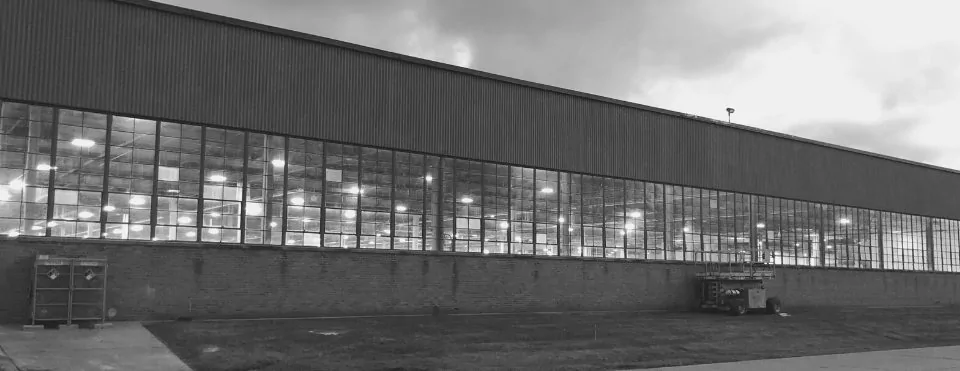What is an Energy Recovery Ventilator (ERV)?
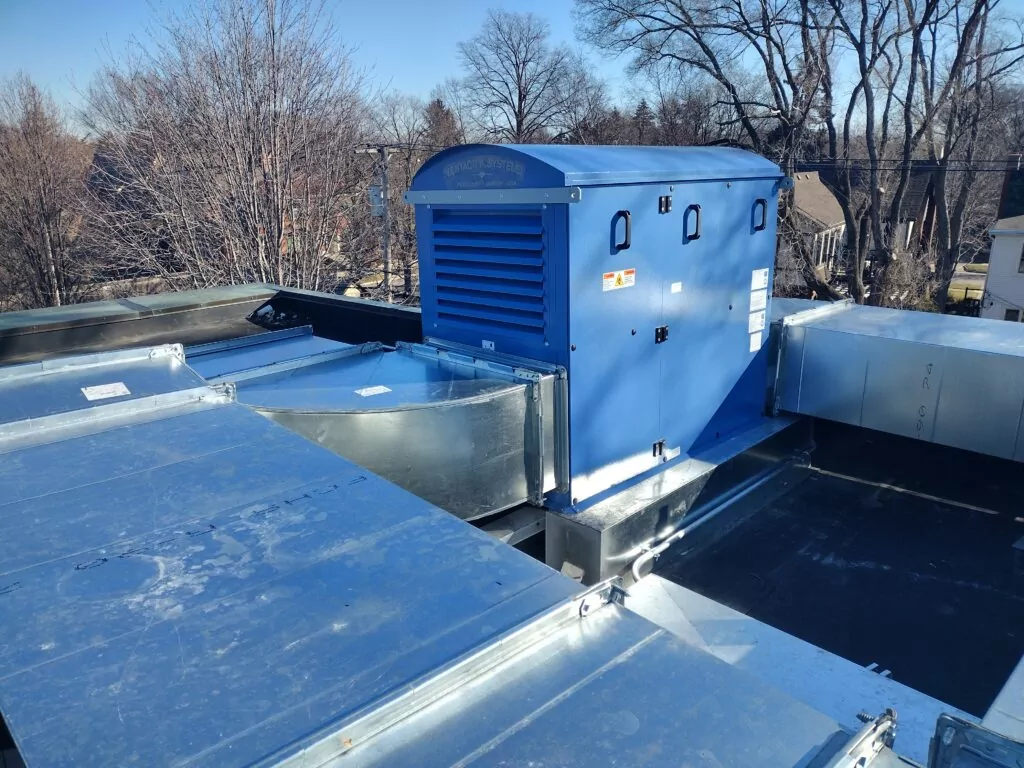
Jul 31 2023
Energy Recovery Ventilators (ERVs) for Buildings
In today’s world, businesses and public buildings are more aware than ever of the importance of indoor air quality (IAQ). Not only does good IAQ improve employee health and productivity, but it can also save businesses money on energy costs. In fact, there can be huge savings with energy recovery ventilators?
Why do Energy Recovery Ventilators save energy for commercial and public buildings? Public and commercial buildings are required by code to bring in outside fresh air. This is required for many reasons, the least of which is to help prevent the spread of germs. As you bring in outside air, your HVAC equipment has to work hard to reheat or cool that outside air, as well as remove humidity. An Energy Recovery Ventilator does just what it says – it recovers energy from outgoing air and gives it to the incoming air. Wala – energy savings.
What is an Energy Recovery Ventilator Unit?
Typically, an energy recovery ventilator unit is a box that moves air from inside your space to outside, while also bringing air inside. There can be many ways this can happen, but our preferred version has two fans that are high efficiency blowing in opposite directions. This simple but elegant design has an added benefit – it can help balance the air pressure in a space that is highly important.
The energy recovery ventilator can be inside your building, with ducts going outside. Or the unit itself can be outside the building, either on the roof or the side of the building, and then push air inside.
When on top of a roof, the unit can be horizontally aligned, where the ducts come out the side and then into the building. Or they can go straight down and into the building, called a vertically aligned energy recovery ventilator unit. Most modern units can actually be configured for both, making the purchasing decision easier with just a little work needed to be done onsite by installing technicians.
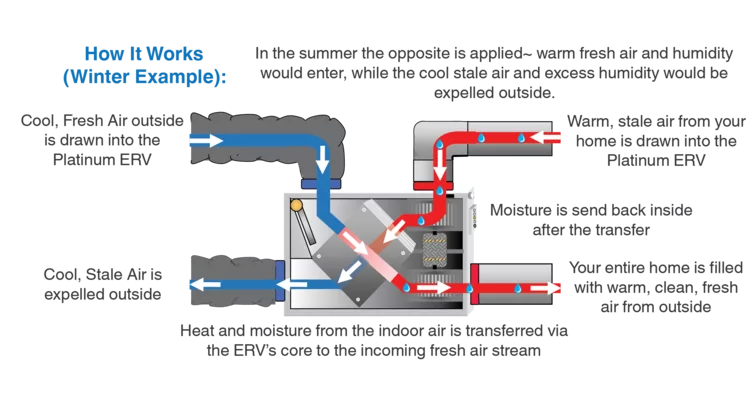
Ventilation Energy Recovery in Buildings
Ventilation can be the way that heating and cooling is spread through your building, but it does not have to be that way. In fact, our favorite design for a building separates these two, making ventilation separate from the source of heating and cooling. Why is this important?
Well, a ventilation energy recovery ducts may not go to every small area of a building. This means that those areas without duct work may not get proper heating or cooling. It can mean that walls might be cold that have pipes running through them and risk freezing. It might mean that the entire building is equally uncomfortable, and each room is not the right space temperature. It can mean a lot of things, but essentially it means ventilation is forever tied to cooling and heating.
What is our favorite design? A Very High Efficiency HVAC approach, which combines an energy recovery ventilator unit with a Variable Refrigerant Flow heat pump system. This allows systems to be up to 600% more efficient than a standard electric resistance system because of ultra high recovery rates of Energy Recovery Ventilator units and super high COPs for heat pumps.
And, you also don’t need as much CFM often for ventilation when they are only doing building and people requirements, and you don’t need to move the ventilation to get the heating and cooling transferred.
What is the ERV System Include?
Imagine enjoying fresh, healthy air in your building while saving money on heating and cooling bills. That’s the magic of an Energy Recovery Ventilator (ERV) system. This innovative addition to your HVAC system continuously brings in fresh outdoor air while removing stale, pollutant-laden air from inside. But the real superpower lies in its energy-saving capabilities.
An ERV system acts like a smart air exchanger. Using a specialized core, it captures heat and moisture from outgoing air before it leaves your home. In the winter, this captured energy preheats incoming fresh air, reducing the strain on your furnace. Conversely, in the summer, the system pre-cools and dehumidifies incoming air, minimizing the workload of your air conditioner. This remarkable transfer of energy translates to lower energy bills and a more comfortable living environment year-round.
However, ERVs aren’t just about energy savings. They also improve indoor air quality by filtering out pollen, dust, and other allergens, creating a healthier environment for you, your employees and your customers. So, if you’re looking for a way to breathe easier, save money, and make your building more energy-efficient, an ERV system might be the perfect solution.
The ERV system is basically the outdoor energy recovery ventilator unit, which typically has two small energy efficient fans and typically a small pre-heater. The unit then has four sets of duct – two in and two out – if it is inside. If it is outside, it will just have two sets of ducts inside the building, and then directly ventilate out of the unit. There is typically a controller for each ERV, as well as power run to the unit from a breaker panel.
Your Energy Recovery Ventilator can have one large unit, or it can have multiple units that all work in the same building. The system can include multiple units working as one, controlled as a team or individually.
What are the typical CFM sizes for an Energy Recovery Ventilator?
CFM stands for cubic feet per minute. It’s a measurement of airflow volume, specifically indicating how much air passes a point in one minute. Think of it like this: the higher the CFM, the more air moves in a given time.
As noted earlier, CFM typically delivers heating and cooling, so you need a system designed to carry the right amount of CFM to deliver this heating and cooling. This means bigger fans, which draw bigger power amounts.
However, a slimmed down Energy Recovery Ventilator system can have lower CFM requirements, allowing for lower electrical requirements and less energy wasted in multiple ways. CFM is important, but the lowest amount you can have by code requirements for a building is also critically important for design.
What is the difference between an ERV and HRV?
HRVs and ERVs are both ventilation systems commonly used in modern building construction and design, but they differ in their ability to recover energy and manage moisture.
An HRV, or heating recovery ventilator, transfers heat from outgoing stale air to preheat incoming fresh air. It focuses on energy saving in colder climates where heating dominates energy costs and where high humidity is not a big issue.
The ERV transfers both heat and moisture from outgoing stale air to incoming fresh air. It is more versatile, as it balanced humidity levels throughout the year, benefiting more types of climates. While typically a few more dollars than an HRV, modern systems can be fairly close. For that reason, and because Illinois climate are so humid in the summer, we almost always recommend ERVs for our clients.
What is the Definition of ERV?
While already noted above, the concept of an ERV is so important we want to highlight it again. An energy recovery ventilator by definition recovers and saves energy. It layers outgoing air over incoming air to save energy – transferring the heat and sometimes moisture between the two air flows. This dramatically reduces the amount of heat you need to provide a building (or remove from).
Energy recovery ventilators define the term energy efficiency. Instead of producing heat or removing heat from a space, you are saving it. An energy recovery ventilator is at the heart of sustainability.
In addition, ERVs also improve IAQ along with saving a building’s energy waste. An ERV is a mechanical ventilation system that provides fresh, filtered air to a building while also recovering heat and moisture from the outgoing air. This helps to reduce the amount of energy that is needed to heat or cool the incoming air, which can lead to significant savings on energy bills.
In addition to energy savings, ERVs also offer a number of other benefits for businesses, including:
- Improved IAQ: ERVs help to remove pollutants, allergens, and other contaminants from the air, which can improve employee health and productivity.
- Increased comfort: ERVs can help to regulate the humidity levels in a building, which can make it more comfortable for employees to work.
- Reduced sick building syndrome: ERVs can help to reduce the incidence of sick building syndrome, which is a condition that is caused by poor IAQ.
What Should I do if My Business is Considering an Energy Recovery Ventilator?
If you are considering installing an ERV in your business, there are a few things you should keep in mind. First, you need to make sure that the ERV is the right size for your building. Second, you need to choose an ERV that is designed for the type of climate you live in. Finally, you need to make sure that the ERV is properly installed and maintained. Verde can help you with all of these assessments and installations, so please let us know how we can help you.
With proper installation and maintenance, an ERV can provide your business with many years of reliable service. The benefits of improved IAQ, energy savings, and increased comfort make ERVs a wise investment for any business.
Here are some additional benefits of ERVs for businesses:
- They can help to reduce the spread of germs and viruses.
- They can help to improve the overall health and well-being of employees.
- They can help to increase productivity.
- They can help to reduce the number of sick days taken by employees.
- They can help to improve the overall image of your business.
If you are looking for a way to improve the IAQ in your business, an ERV is a great option. They offer a number of benefits that can help to improve the health, productivity, and overall image of your business.
Demand Control Ventilation for ERVs
Our preferred method for controlling when ventilation occurs is via demand control ventilation (DCV). This methodology uses a CO2 sensor to start ventilation when people are in the space. While this does add to the cost, it is typically a few hundred dollars for the sensor and really adds to the benefits of the system as a whole.
While ERVs can be up to 93% efficient, they are still losing 7% of energy that can be saved when not running, in addition to the fun energy draw and occasional preheating. We will also cover scheduling as an option, but that can be hard to effectively manage with dynamically used buildings and often misses days the building is closed.
Scheduling ERVs instead of Demand Control Ventilation
Scheduling is how we have done many of our ERV systems, which programs a set time to start up and shut down the ventilation system. This works really well for offices and schools, since those schedules are fairly predictable. We typically start an hour before occupied space times, and end around the time the space vacates.
This is a slightly cheaper method than DCV, and does have some reasons that it should be considered over DCV. For example, you may want ventilation even when there are not people in the building. Or, you may need the ventilation to help evenly distribute air throughout the space, like with high ceilings. So your designer or engineer should think through this carefully, and you can always add a CO2 sensor after the fact to upgrade to DCV. And once you have a CO2 sensor, you can typically do both and prioritize them at different times.
What Should I Do Next if I’m Considering an ERV for My Building?
If you are considering installing an ERV in your business, I encourage you to do your research and talk to a qualified HVAC contractor like Verde Energy Efficiency Experts. An ERV can be a great investment for your business, and it can help you to improve the health, productivity, and overall image of your business. As it saves money and energy, it can also qualify for energy efficiency rebates and incentives.
So First Do Some Pre-Qualification Conversations with Engineers or designers or a qualified contractor. Then explore your utility incentives, as well as federal money that is available. Finally, check with your local authority having jurisdiction on the process for getting any permits that might be required.
Featured Posts
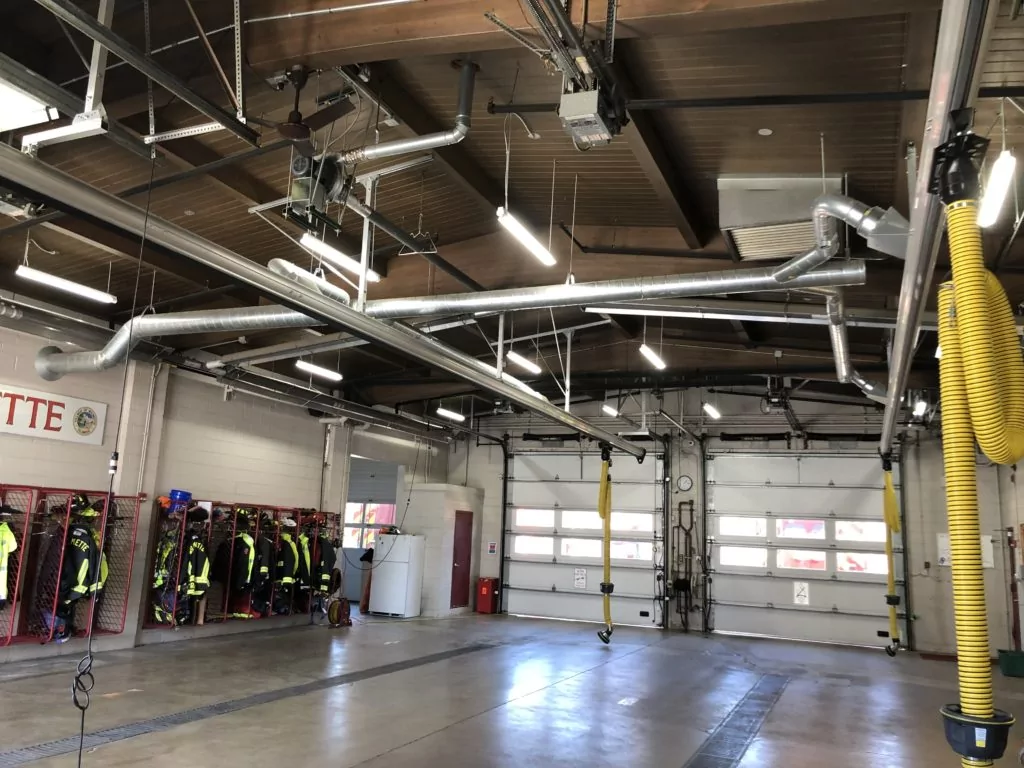
Mar 15 2021
Energy Savings Formula
In 2002, I became a firefighter in the north suburbs of Chicago. I was young and idealistic - loving almost every part of the job. However, I had another secret passion - sustainability. In addition…
Continue Reading >

May 02 2019
Verde Energy Efficiency Experts 10 Most Sustainable Companies in Chicago
In our energy efficiency consulting firm, we constantly look for inspiration from local companies that lead and innovate in clean energy and sustainability. Not all companies have billion dollar budgets, but that doesn’t mean that…
Continue Reading >
Related Articles
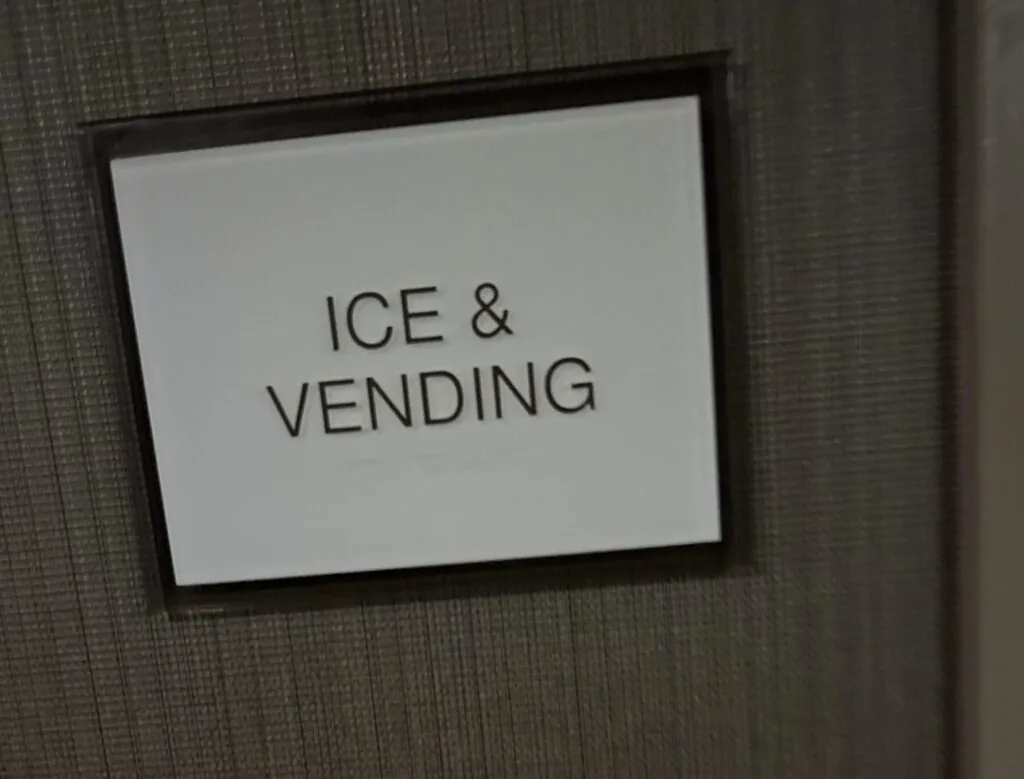
May 08 2024
Decarbonizing Hotels – Is it Possible?
Lower Energy Cost Hospitality with Decarbonization Hotels are huge energy users - with a lot of guests that come and go quickly, keeping them comfortable is no small task. As we look ahead at decarbonization…
Continue Reading >
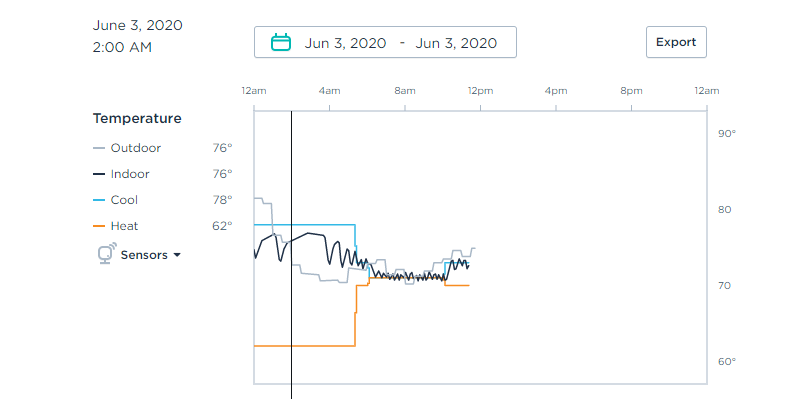
Feb 26 2024
What is Demand Control Ventilation?
Outside air for building, brought in via a rooftop unit, a Direct Outside Air System, or via an Energy Recovery Ventilator, are important for many reasons due to code. Fresh air is required in public…

